User:Peter210195
Contents
- 1 Introduction
- 2 BLOGS
- 2.1 Blog Number One
- 2.2 Blog Number Two
- 2.3 Blog Number Three
- 2.4 Blog Number Four
- 2.5 Blog Number Five
- 2.6 Blog Number Six
- 2.7 Blog Number Seven
- 2.8 Blog Number Eight
- 2.9 Blog Number Nine
- 2.10 Blog Number Ten
- 2.11 Blog Number Eleven
- 2.12 Blog Number Twelve
- 2.13 Blog Number Thirteen
- 2.14 Blog Number Fourteen
- 2.15 Blog Number Fifteen
- 2.16 Blog Number Sixteen
- 2.17 Blog Number Seventeen
- 2.18 Blog Number Eighteen
- 2.19 Bonus Blog Number One
Introduction
My name is Peter Dorsey and I am in my third semester at The Pennsylvania State University. I am majoring in Mechanical Engineering [1]. I intend on graduating in May 2016.
BLOGS
Weekly blogs will be written based on prompts provided by the professor. These blogs are typically related RepRap in one way or another but not always directly.
Blog Number One
A. Something that is amazing/beautiful that I found on thingiverse is:
A printable connect four game. The game itself is fun and always amusing! It is amazing because who would't want to own a game they made themselves! The stl can be found here http://www.thingiverse.com/thing:17605/#files
The link to see the Final Project Is as follows
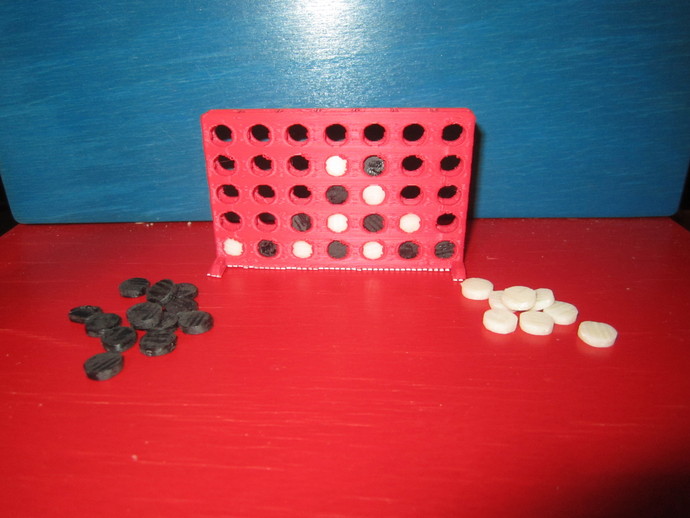
B. Something that is funny/strange that I found on thingiverse is:
Are paper party glasses. It is your typical gag glasses that will get a laugh or too at a party I found them funny. The stl can be found here http://www.thingiverse.com/thing:129152
The link to see the Final Project Is as follows
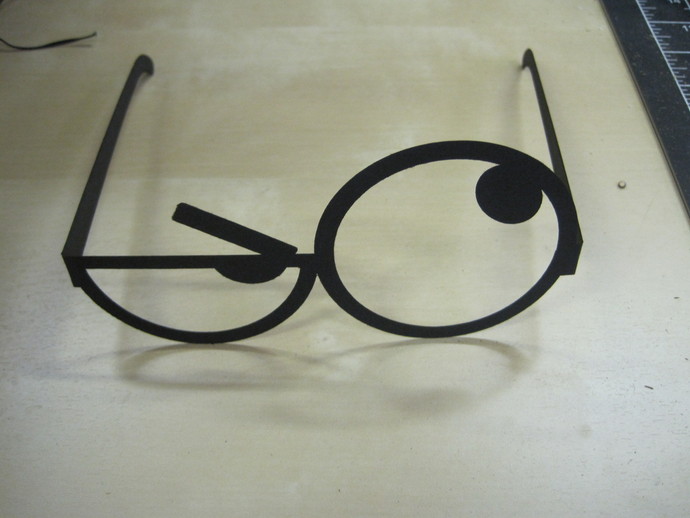
C. Something that is useless that I found on thingiverse is:
I found this wasp print go be useless. The file can be found here http://www.thingiverse.com/thing:201105
Here is the Final Project
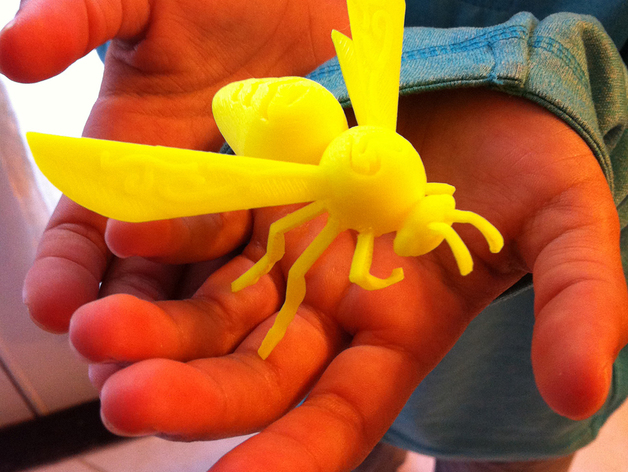
D. Something that is useful that I found on thingiverse is:
A ten way liquid dispenser. This would be great at parties and large gatherings when you need to get a lot of drinks poured for guests at once! The stl can be found here
http://www.thingiverse.com/thing:99528
The link to see the Final Project Is as follows
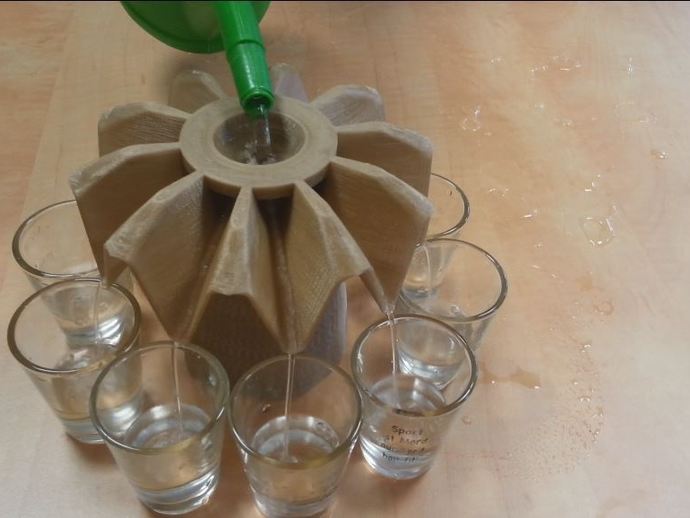
E. The best printable Raspberry Pi case I could find is:
This Pi case was an a-typical design that I found appealing to the eye and I liked because it was different. The stl can be found here http://www.thingiverse.com/thing:43124
The link to see the Final Project Is as follows
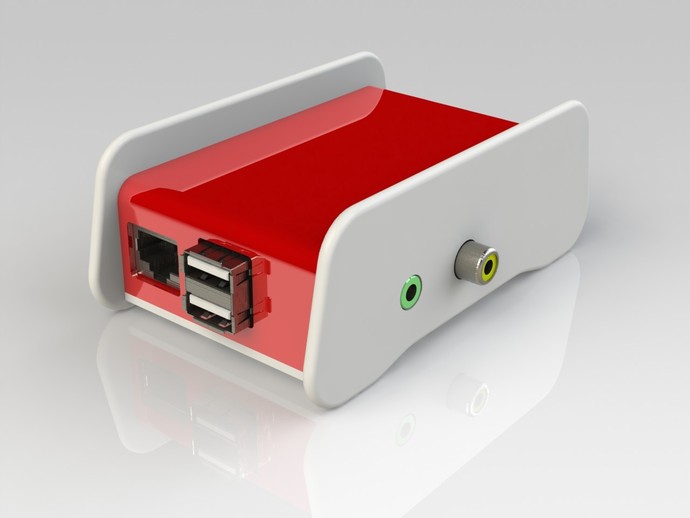
Blog Number Two
I am really interested in our recycling project that we are looking into. I find it interesting that we cannot reuse the filament we have already used and wasted and I feel it is very necessary that we finish this project quickly to maximize our printing ability. With this machine we will be able to recycle our old prints that are broken or out of date as well as use plastics such as milk jugs to make new filament for our machines giving us free filament and saving us a lot of money in the long run. I will be starting to work on this project Monday and have looked at the plans and details and feel that it will be a lot of work to make the parts and figure out all we need but the assembly will be quick and easy and will pay off really well. I would also like to look into the dual extruder and learn about our progression with the 3-D printing possibilities we are opening up to our class here at Penn State.
Blog Number Three
I feel Quinn Carpenter has a very well done blog, it is colorful and flows well.
Blog Number Four
The mode of operation presented in the video talks about how you can give away information but because of the nature of information you still retain it. This applies to their business model. This leaves room for people to profit from printing and selling Repraps as well as improvements. However, the greatest part is everyone who has owned or used one can contribute and work will other users to make further improvement. This makes the resources nearly infinite.
The arduino is presented as a tool to inform consumers about something more complex with a simple project. It is akin to a text book. It isn't overly expensive but it is intended for teaching purposes. It is both hard and software and the coding and design are open and available. They made sure everything was simple enough that there was no limitation on who used it. By using having an open source they get free advertising and recognition when their project is used in other projects. They made a point of how google used their design.
The Reprap incorporates the arduino into its design. It is a self replicating project. This allows the consumer to purchase one but produce multiple. Even though this is also an open code that people can improve upon, people who use it selfishly will always lose out. This is because Repraps will always be able to be printed from and 3-D printer making the sale of non replicating printers almost useless.
I do not know of any other companies that use this model but I do think it is a different way of thinking of things. I feel that as far as progress of the project goes it is possibly the best way to go about it. Profit my be better suited using a different model but I can't think of a better way to promote progression.
Blog Number Five
My prints from the first blog did not infringe on any copyrights. They were all open source and for public use. None of them had obvious patented parts. Looking around at other classmates they didn't have any obvious patented or copyrighted parts either. Looking at the video from the last blog, non copyrightable prints would be interesting and beneficial because it would allow others to edit freely and not ask permission while improving designs for the greater good.
Blog Number Six
The class had a lot of great points on last weeks blog and the article was all stated in the same way from each, There were a lot of overlap between my classmates blogs.
Blog Number Seven
I will be talking about the Lyman Filament Extruder and what it will do for our class and the Reprap program at Penn State. When this project is completed it will make all extruded filament reusable. This means that we will not waste any filament again. It will also all us to make our own filament from various plastic recyclables. The Extruder does this by breaking down pellets of filament or plastic and forcing it through a hotplate and out an extruding tip to give us filament with a very similar to the product we purchase now. This means great strides will be available to be made through this one machine. And it will change the entire Reprap program as we know it. More information and a link to our page on the topic can be found in my bonus blog one.
Blog Number Eight
The processes described are a detailed description of the process to expand 3-D printing and evolve its uses. It talks about various applications and how to make printers accessible to students so they can improve them. I feel this is very valuable and it shows how we can apply to many different fields such as architecture and food science as well as engineering.
Blog Number Nine
It is an interesting idea to print a coffee maker. However, it is not worth using the material to print your own when it is cheaper to just buy one. I feel that it is also a nice concept to be able to repair your own kitchen appliances. It is much more intuitive to buy one at this time though rather than spend the time. It depends on your value of the dollar but to me I would rather spend the money over the time.
With the water boiler I feel that for one or a few people it may be good like the the grinder. But for the majority of people, such as me, would rather spend the money over the time to build that. It is just more feasible currently to purchase these type of items over printing them in my opinion.
Blog Number Ten
They have very unique ideas about 3-D printing. They are related through Forbes.
Jeff Immelt is an executive for GE. He works under the plastics department. He also was on President Obama's Council on jobs and competitiveness. He believes in the expansion and evolution of 3-D printing. He feels it can be very influential as well as lead to various improvements in marketing and jobs in the US.
Terry Guo is the President of Foxconn. He also found the company. This is a major electronics company. He is against the expansion of 3-D printing because he feels it will be bad for his business. He feels it will decrease the growth of his company. He doesn't feel it will last and feels that 3-D printing is just the flavor of the month and will go away.
Blog Number Eleven
The most struggling parts of fixing the printers for me is the wiring and electronics systems. It is the most time consuming and requires the most thinking. I have had a lot of problems with failing arduinos and rams boards. I also have had to replace a lot of drivers that have been blown. I have also had problems with the z axis dropping a few times because we are running the motors under tension and we should look to change this model soon. I also have run into a lot of calibration problems because we haven't calibrated the printers well enough under the initial assembly. The last common problem I have had is the x and y motors not getting enough power. All of these are relatively quick fixes with just flashing a new arduino and replacing the other electronics or just tweaking the power into the motors. Sometimes the mechanical fixes are a hassle and take time but they aren't hard to do.
Blog Number Twelve
It is more useful for less specific objects but solid works is better for more specialized objects and allows for more detailed objects.
Blog Number Thirteen
This would open up a whole new world for printing just like the water soluble filament did when it was initially released.
Blog Number Fourteen
This allows for a more sturdy printer but it would require more work and bigger repairs when things did go wrong. Our printers are mostly small issues and easy fixes.
Blog Number Fifteen
I feel it would be interesting to see a sand or other material printer as well as a metal printer first hand. It would be nice to see something printed in some other material than filament.
Blog Number Sixteen
A lazer cutter would make prints far more specific on sharp edges and would allow for more detail with larger hot tips.
Blog Number Seventeen
Reddit has a lot of great information and news on 3-D printing.
Blog Number Eighteen
I think it is great that we are able to continue in the progression of 3-D printing with each class here at Penn State and I'm glad I was able to influence this growth.
Bonus Blog Number One
I have spent this semester working toward building our programs own Lyman Filament Extruder. This will make strides for our program in regard to recycling as well as cost reduction on filament. This extruder works by putting beads into a hopper. Then pressing them through a rod with an auger and then extruding it through a hot tip as usable filament for our printers. More information can be found here on this page that I helped to write on the topic: http://reprap.org/wiki/RUG/Pennsylvania/State_College/Waste_Reclamation_System
I have machined most of the parts and worked on assembly and ordering. We are hoping to complete this project before February 2014 and are just waiting on electronics to be delivered currently and we will be able to assemble these first thing next semester. We will be able to test as soon as we can attach to a power source.
Possible future problems with our extruder:
In the future I feel we may have problems with the electronics over time as we do with our printers because we were talking about using similar electronics to the printer. This may be with drivers or the rams board. I feel that some issue will arise in time though. I also see clogging as a probably issue depending on who is using it and the training involved with it. I feel that by trying to extrude too many pellets at once will clog the extruder and this is a very likely problem. I also feel that wiring may cause us issues and be finicky. This may be with the hot tip or motor. My biggest worry is overheating the motor or causing it to torque too much and cause slipping on the gears. This is a big concern because we are using a 10 tooth rubber gear and the shop that donated it didn't seem overly convinced it would work. So mechanically slipping is the biggest concern. However, once finally running I feel the problems will be minor and we will have little maintenance and problems in the near future.